The Tesla Model S doesn’t really require an introduction anymore. After three years it still looks the same but as crazy as it sounds it keeps on changing on the inside. The continuous software updates that seamlessly find their way to every Tesla Model S on earth guarantee owners that their car is capable of doing something that it wasn’t able to do the day before. So for the third time in only a couple of months we present a Tesla Model S review, of the ultimate Tesla Model S P90D this time!
Shortly after publishing our review of the Tesla Model S P85D that we had the pleasure of test-driving during the summer, Tesla Motors announced the Tesla Model S P90D. Subsequently Tesla Motors brought autopilot in the form of a software update to the Model S, taking the most serious step towards autonomous driving that we have yet seen to date. Enough reason for us to pick up a P90D and take it on a road trip from the Amsterdam to Düsseldorf, Germany.
So what changes and improvements came with the Model S P90D? First of all, it features the 90 kilowatt-hour battery pack as opposed to the 85 kilowatt-hour battery pack the Model S P85D features. The increased kilowatt-hour battery pack boosts the range of the P90D to new lengths, and gives the Model S 6 percent more range to be precise. We’ll go right ahead by saying that getting the maximum range out of a full battery wasn’t our primary objective. If you are looking to get the most range out of a full battery, the ‘regular’ Model S is probably the way to go. Things are quite different with the Model S P90D, which besides a larger battery pack is blessed with the ‘ludicrous mode’ speed upgrade. According to Tesla Motors ludicrous mode is capable of launching the Model S P90D from 0 to a 100 km/h in a mindboggling 2.8 seconds. That is 0.3 seconds up from what the Model S P85D was capable of, which was already out of this world for a sedan that is everything but a lightweight. Mind you, a fully equipped Model S can weigh up to 2300 kilograms.
With electric drivetrains it’s always complicated to translate power into exact figures of horsepower and newton metres of torque. It’s much different from an internal combustion engine, where you achieve max torque in the high RPMs. It therefore may take a while before you experience the kickback into your seat depending on the type of car you’re driving. The maximum Newton metres of torque are instantly available when driving the Tesla Model S, which is a strange feeling once you try it out for the first time. You just floor the throttle and you catapult forward like nobody’s business, whether you’re driving a 120 kilometers an hour on the highway or when you’re stood still at a red light. One thing we know for sure, is that merging onto the highway has never been this much fun.
Getting back at the figures, they all seem to be quite relative and dependent on the situation at hand. What we do know is that the Tesla Model S P90D is capable of pulling some 1500 Amps out of the battery without popping the fuze that guards the car’s electronics. This roughly translates to a maximum of 773hp and torque figures that easily exceed 1,000 Newton metres.
So what does it feel like, launching yourself to a 100 kilometers an hour in just three seconds without slip start? Well, there are a few ways to describe it. Think of your first time taking off in a passenger jet or dropping some 50 metres on a crazy rollercoaster ride. Your stomach makes a looping and a giggle is often hard to suppress. This of course is one of the many aspects that make this car unique and tremendously fun to drive. When it comes to steering and general adhesion of the car, the Model S P90D handles quite well taken its weight and size into consideration. The main reason for this is because the enormous battery pack makes up for the entire ‘floor’ of the car, with the centre of gravity being located in the exact middle of the chassis and very low to the ground. Weight distribution is therefore ideal and this generally translates to better driving characteristics.
Being an all-electric car, the Tesla Model S features a regenerative braking system. It’s probably the strongest regenerative braking system that we are familiar with, so strong that it is unnecessary to use your brakes in most situations where you normally would have to engage the brakes. Again this is configurable, but setting regenerative braking as strong as possible wins you back more power.
So how does the P90D compare to the P85D? In general the package is very similar, but also a few issues we had with the P85D has been addressed. One of them was the lane departure warning that was difficult to shut off and, above all, didn’t automatically steer you back into your lane. Well, we are happy to inform you that active lane assist came with the autopilot software update a few months ago. You can now turn off the lane departure warning in settings, which is such a relief when passing road works or anything similar.
With autopilot came more than just active lane assist. By far Tesla’s most important software update till date really puts the car’s many sensors and cameras to work and let’s the Tesla Model S drive itself. The Model S is capable of reading the road ahead, registering other traffic both in front of you and behind you and features blind spot detection. Add adaptive cruise control and probably the most exciting innovation, auto lane change, to the mix and you got yourself a car that can drive itself. We have driven many cars featuring autonomous driving technology before, but none of those cars came close to delivering the total package like Tesla does. Many of the other cars require you to keep your hands on the steering wheel at all times or take over control in case of heavy braking in front of you. To be clear, Tesla requires you to keep your hands in range of the steering wheel at all times, but doesn’t require you to let the car know you are still in control. The only exception is when auto lane change is enabled and you would like to change lanes on the highway.
It’s quite a strange feeling when doing it the first time, letting the car do all the work for you. However confidence grows in minutes and after getting used to it, it’s just easy and relaxing to pull the autopilot handle towards you two times and engage autopilot. It also makes you realize that it probably won’t be long before we can pull out our laptops and start writing e-mails and doing business behind the wheel.
Before we’ll ever get close to driverless cars, the functionality of autopilot still remains to be tweaked on certain aspects. An example: Imagine driving in autopilot at a 120 kilometres an hour on the highway, after that you switch off autopilot to exit the highway. On the regional road you again want to enable autopilot, mind that the speed limit is 80 kilometres an hour and not 120 or more. Just enabling autopilot will result into the car accelerating to the previous highway accepted speed, which is not something you desire. This means that autopilot’s functionality is still based on setting the adaptive cruise control separately, while it would be nice to just enable it all in one gesture instead of having to do it separately. Something else that we’ve already seen at other car manufacturers, such as Audi, is adaptive cruise control that reads and automatically reacts to speed limits and certain road situations such as tight curves or altitude differences in the road network. Having experienced such technology first hand already, we are confident that it’ll only take a software update or two for Tesla to catch up and refine autopilot even further.
The particular car that we had the honour of driving for four days was a deep blue metallic Tesla Model S P90D with all the options you can think of. At first sight it’s quite the attention grabber, which is mainly due to the gigantic matte grey 21-inch wheels. The combination of a deep blue metallic paintjob and matte grey wheels is everything but an everyday sight and we must say that it looks especially stunning in real life. Just like on the P85D, the Model S P90D featured a carbon fibre spoiler. Whereas it was barely noticeable because of the grey colour on the P85D, it looked great on the P90D in combination with the grey wheels and contrast with the deep blue colour of the car.
The interior of the P90D was finished in a light beige trim, quite the opposite of the darker black leather interior that we had in the P85D. The ‘premium interior package’ leaves you with a car interior nothing short of luxurious. In addition, this P90D was specced with a black Alcantara headliner and carbon fibre décor. Just like the grey P85D, this P90D was also equipped with the ultra high fidelity sound package and all-glass panoramic roof. Altogether the price tag of this specific Tesla Model S P90D easily exceeds €150.000 and is a perfect fit for a short luxury lifestyle road trip that we planned from the Netherlands to Düsseldorf.
What to spec?
So after having experienced two extensively equipped Tesla’s, what specifications and options would we recommend you get on your Tesla Model S?
The panoramic sunroof: It is very practical, especially during the summer. It’s easy to control and when closed it makes the car much brighter and feel more spacious.
The safety package and autopilot: What is a car equipped with the latest tech and innovations without making full use of it?
Dual motor all wheel drive: Traction, always and everywhere. Plus it is one of the main reasons the Model S is capable of accelerating so quickly. Smart air suspension: Save range when cruising on the highway by lowering the suspension and save front splitters by raising the suspension on bad roads or when driving over speed bumps.
Other: Depending on when you want to go fully environmental or speed maniac. For the more economical buyers we would recommend the range upgrade, which speaks for itself. For the more luxury oriented buyers among us we would recommend the 21-inch wheels, a few nice interior trims such as the next generation seats and the Alcantara headliner and perhaps the pricey ludicrous speed upgrade, for the ones that could notice the difference between ludicrous and insane mode; we congratulate you. With a 90 Kwh battery pack and dual motor all wheel drive installed the Tesla Model S will accelerate stupidly fast anyway, guaranteed.
Our first all-electric road trip
The Tesla Model S is a great cruiser for long distances, even more so with autopilot enabled. The only thing that you still have to ‘worry’ about is the range. Well, worry is a strong word, seeing that the European supercharger network is becoming denser by the week. For our road trip to Düsseldorf we only had to charge once right before crossing the border. This had everything to do with the fact that we left without a fully charged battery. The supercharger fully charged the battery in just under 40 minutes time and we were all set to take it onto the autobahn in Germany.
After having performed the ‘look mom no hands’ trick pretty much all the way in the Netherlands, it was time to take over control and push the Tesla Model S P90D to its limits. The A3 leading into Germany is generally a low-density traffic autobahn and great for speed testing, although this was unfortunately not the case when we were on our way to Düsseldorf. We did however drive on the autobahn the day before, just for a short while, and have been able to reach 245 kilometres an hour on a near empty battery. When driving at such speeds in the Tesla, you really notice its performance slightly decreasing by the minute besides the fact its eating away range faster than you can make your eyes blink. The same goes for a few consecutive accelerations in ludicrous mode, it’s quite heavy on the battery and that reflects on the performance of the car.
After a fun night out in Düsseldorf, which is a great destination for luxury shopping and features a large Christmas market during all of December, the hotel’s valet picked up the Tesla from the garage in the morning where it was tucked away for the night. We were staying at the Hyatt Regency hotel in Düsseldorf of which a separate review will be online shortly. After a photo shoot with the car it was time to go back to Amsterdam and hand the car back in. The closest supercharger to Düsseldorf is the one located near the city of Moers in the German Ruhrgebiet. From there it was an easy cruise back to Amsterdam with still more than a 100 kilometres of range left in the battery upon arrival.
Conclusion
The Tesla Model S P90D is a car that you just really need to experience first hand to completely understand what it is about. The Model S can be described as a comfortable cruiser, brutal torque monster and an all-around capable sedan that breathes modern luxury. The Tesla Model S P90D specifically, is a serious step-up from the P85D performance wise, while all the other new features are also available on the P85D or other versions by just updating the software. We stand by our point that the very capable Tesla Model S is a very comfortable and fun car to drive and our experience with the Model S P90D has further strengthened our point. Only downside is that it comes at a steep price.

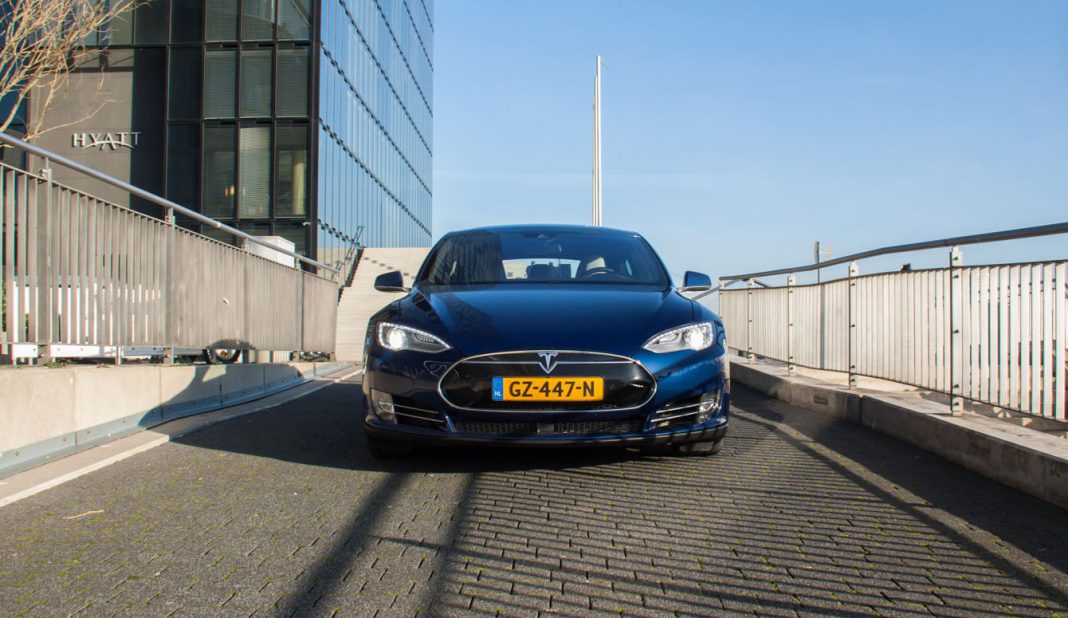
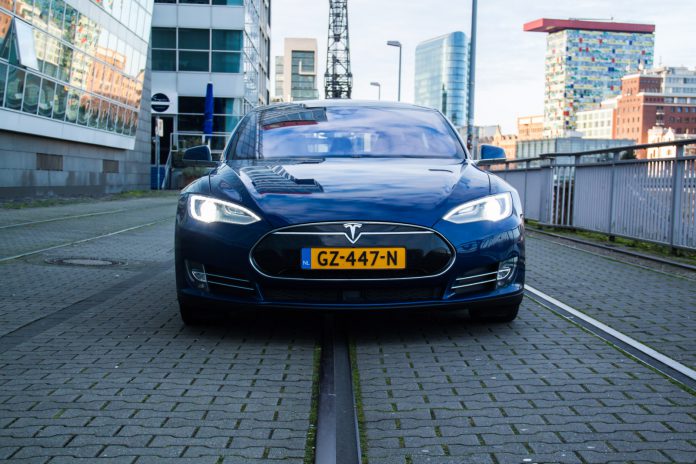
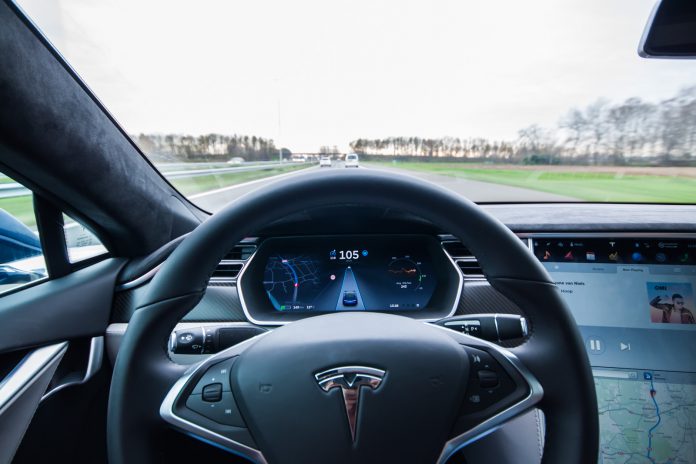
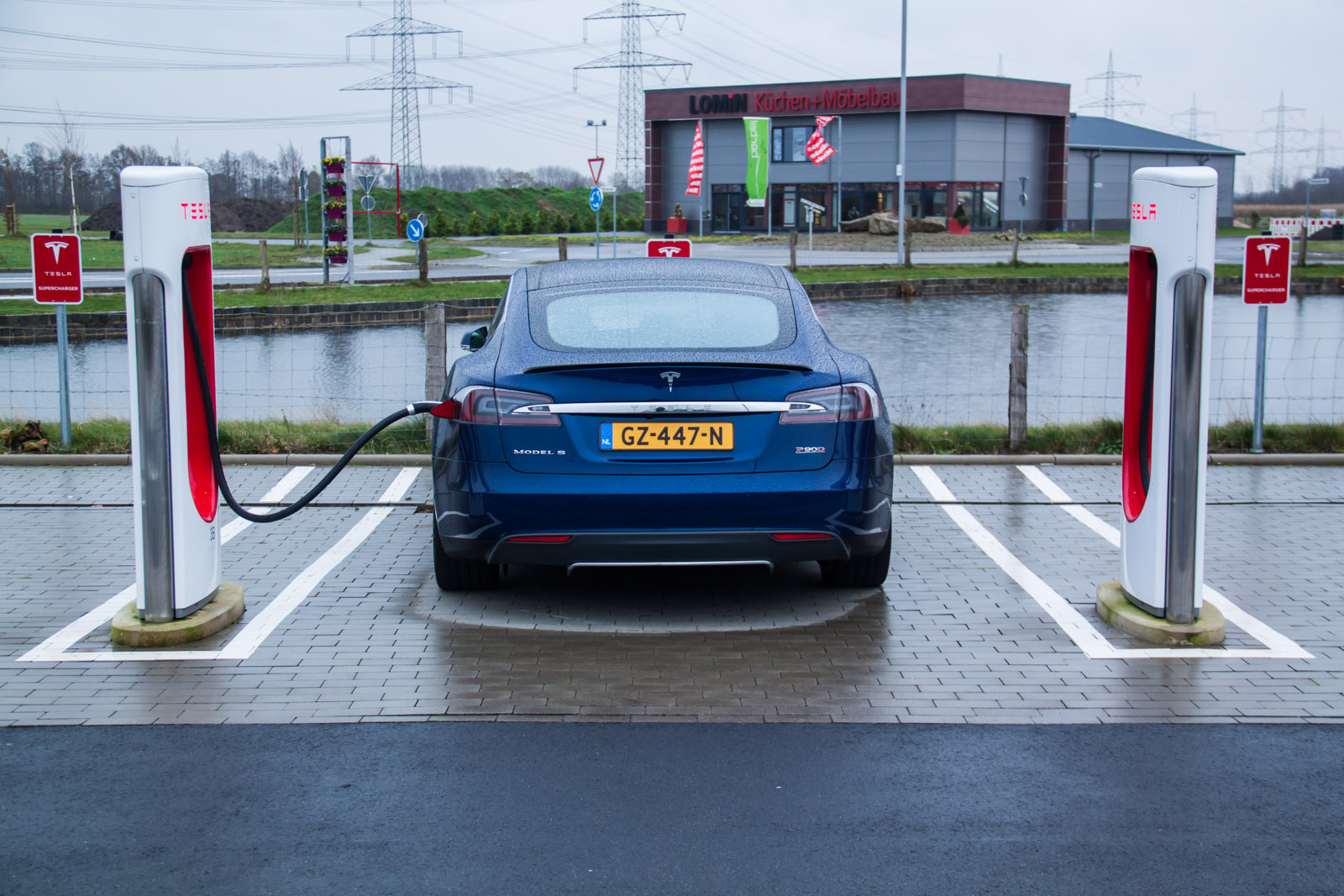
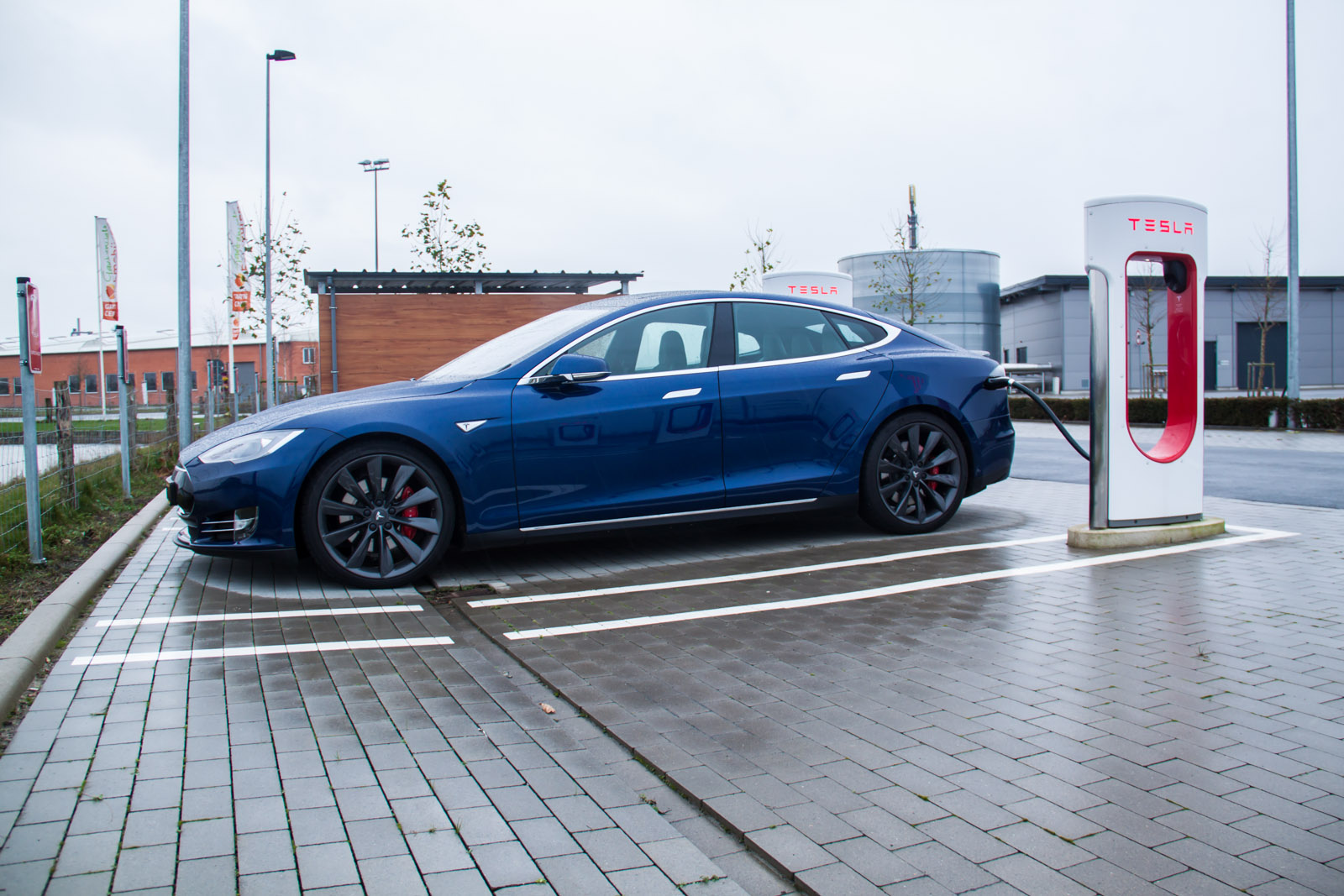


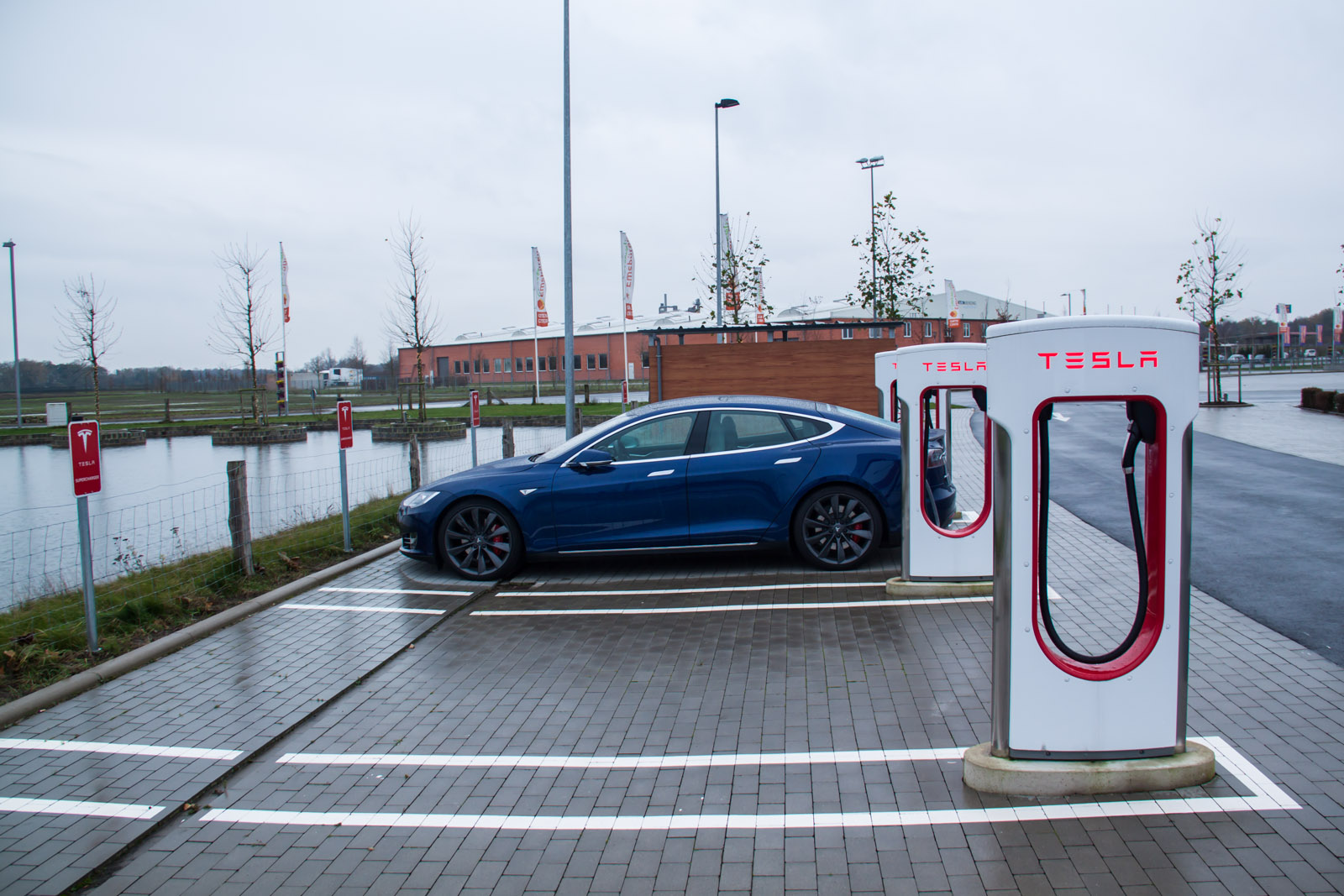
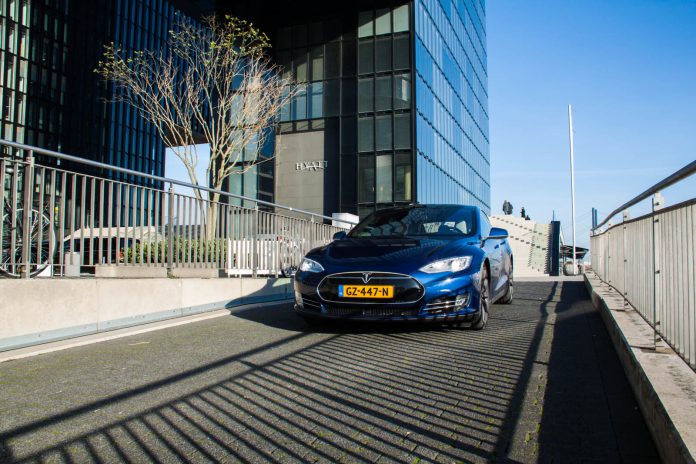
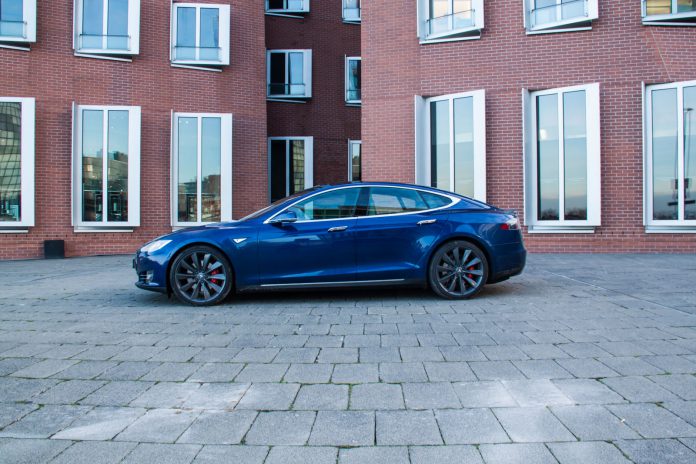

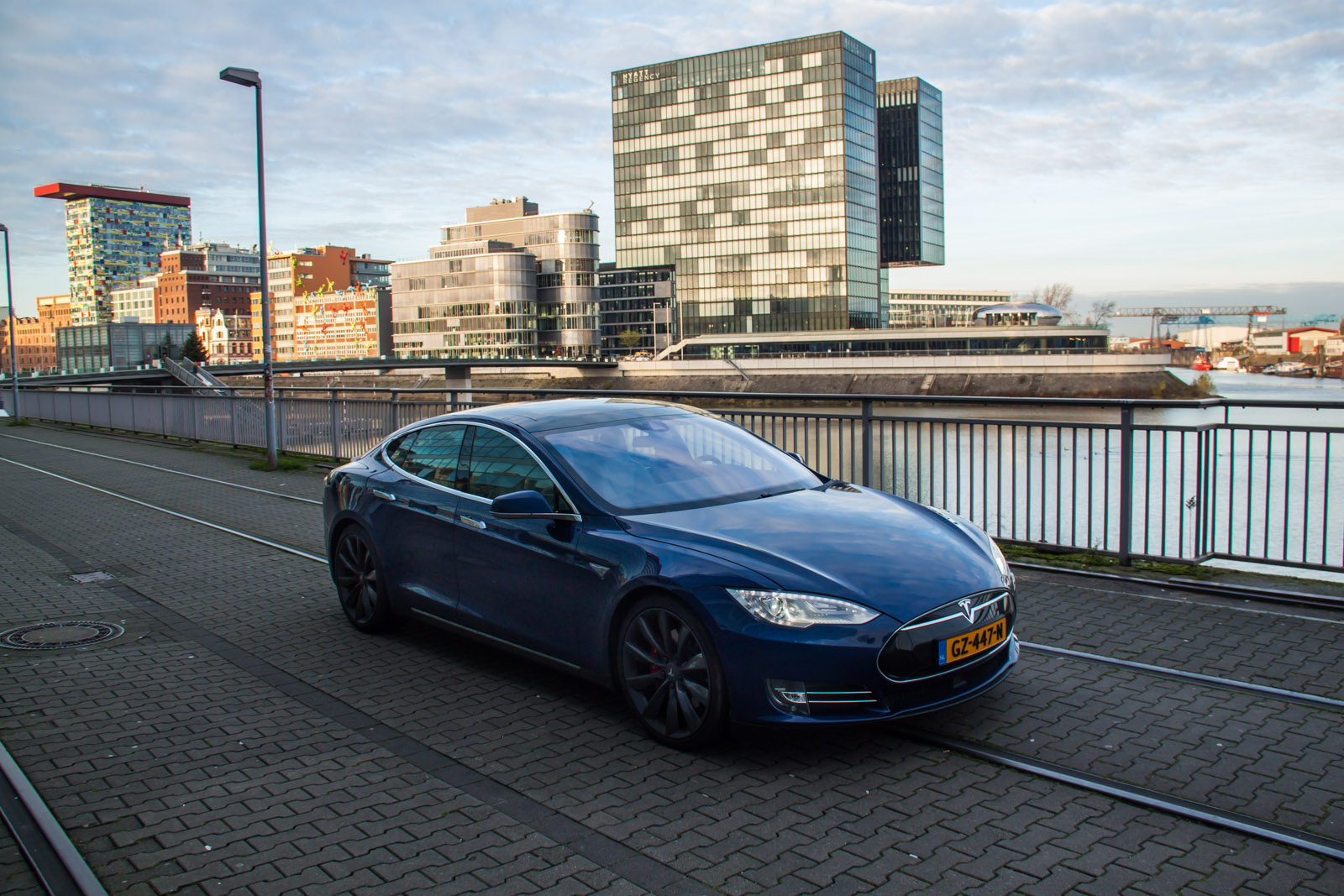





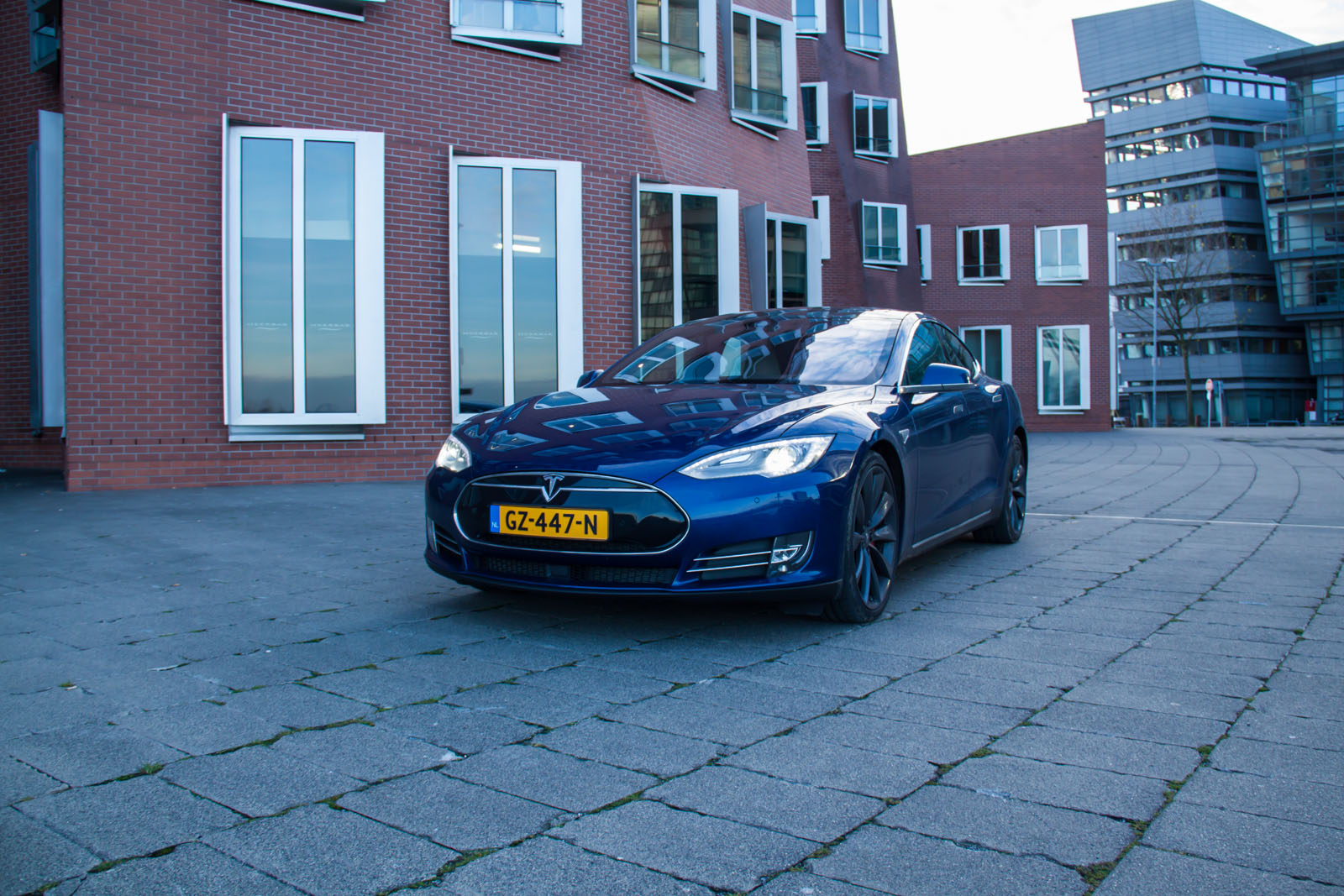




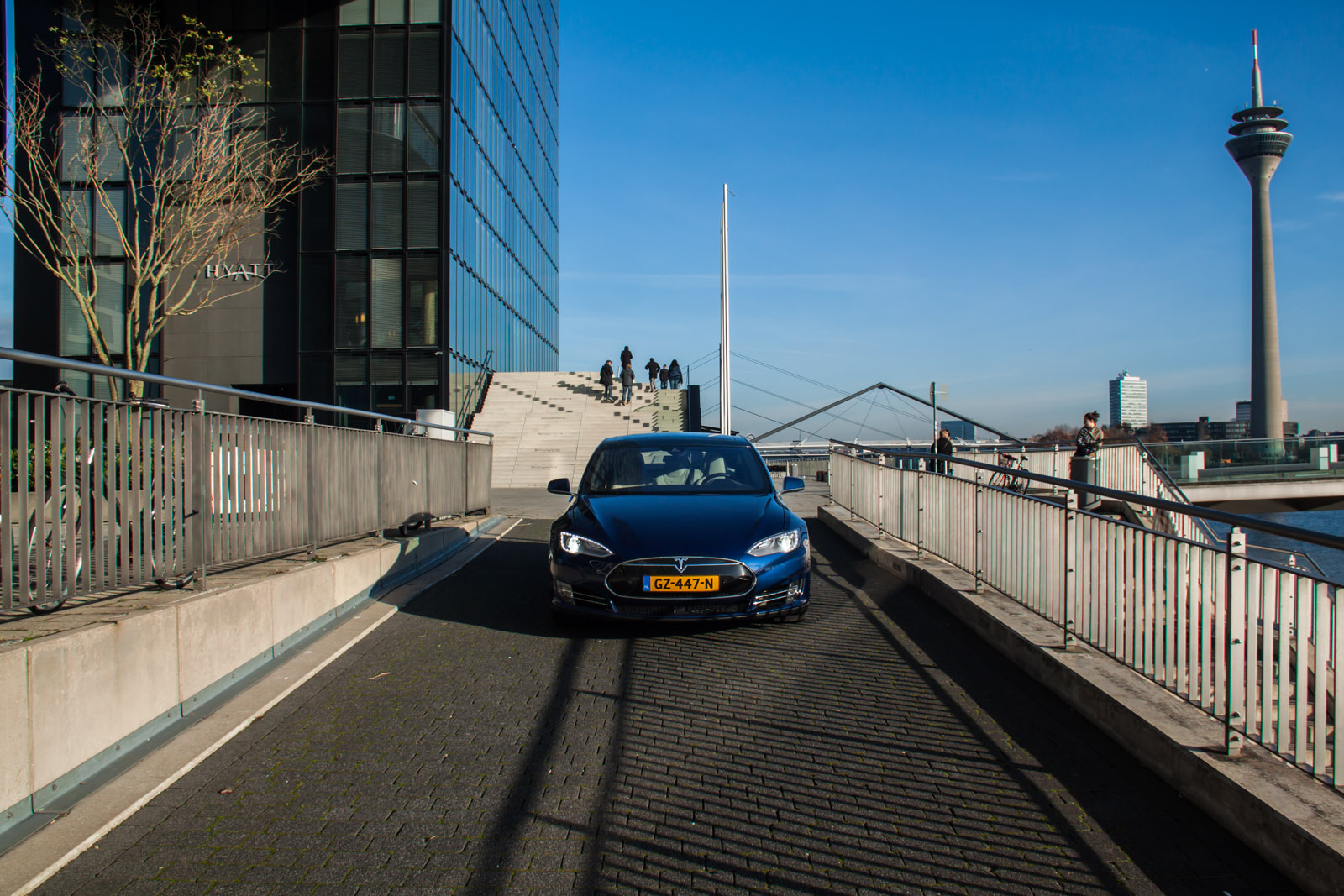
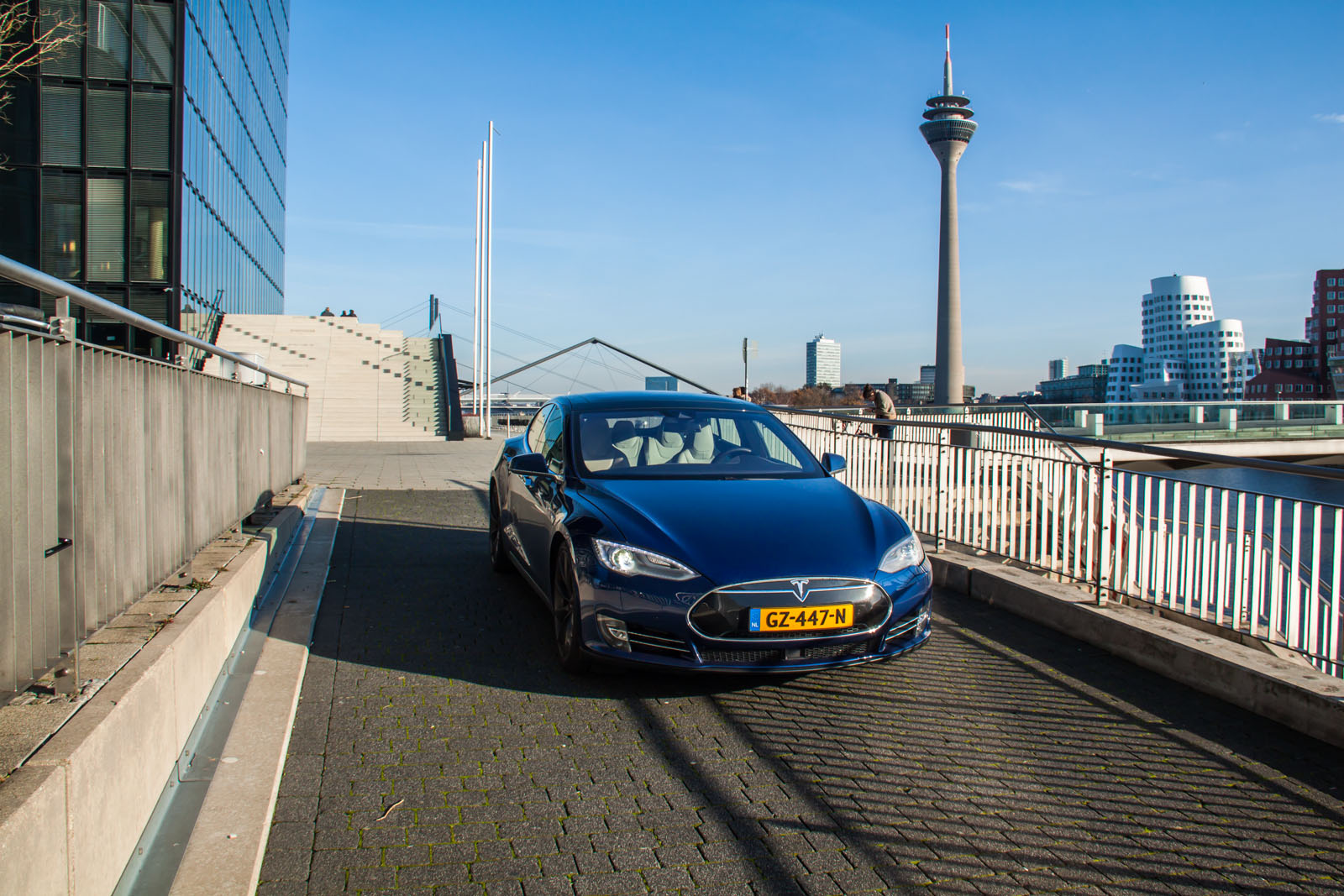
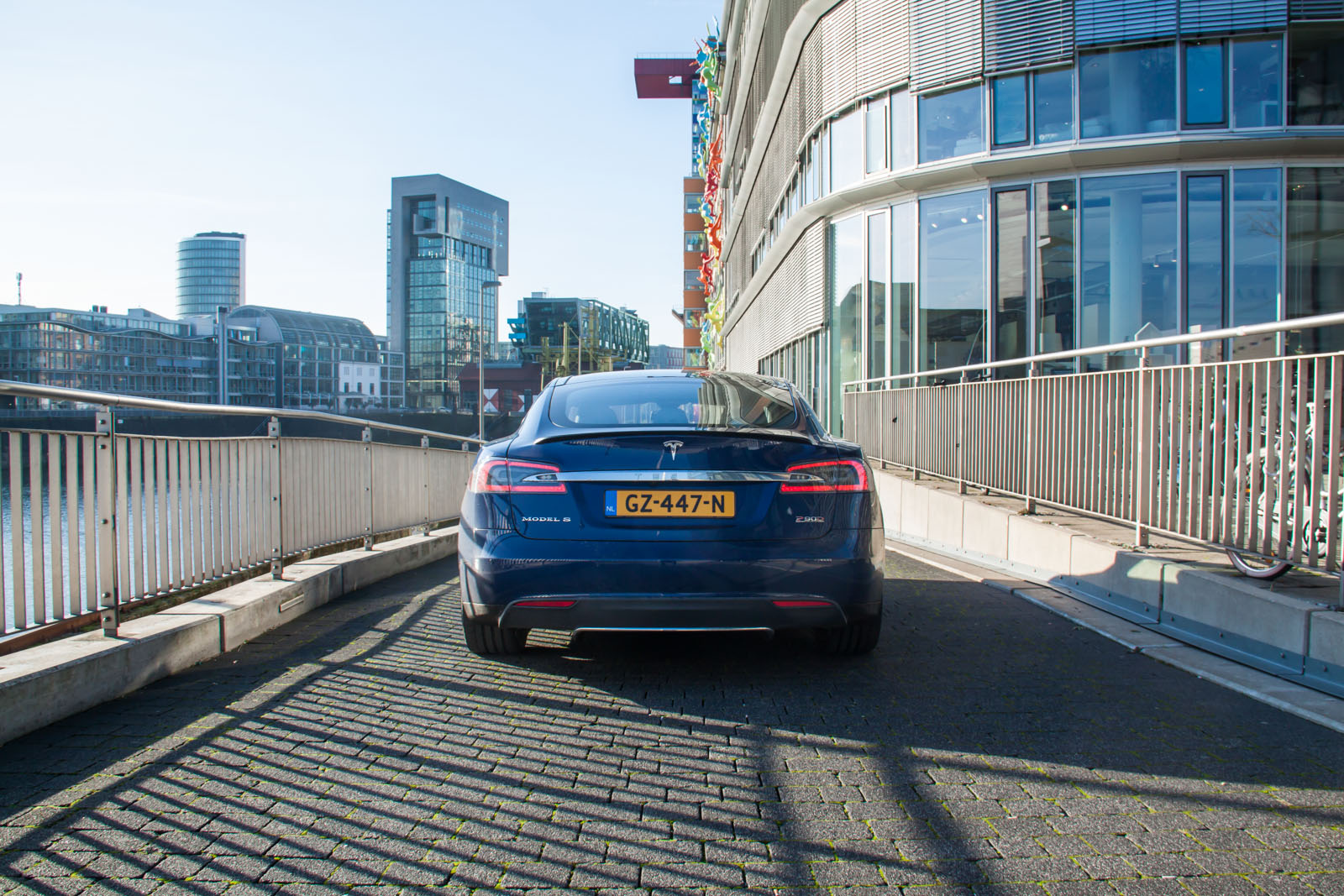
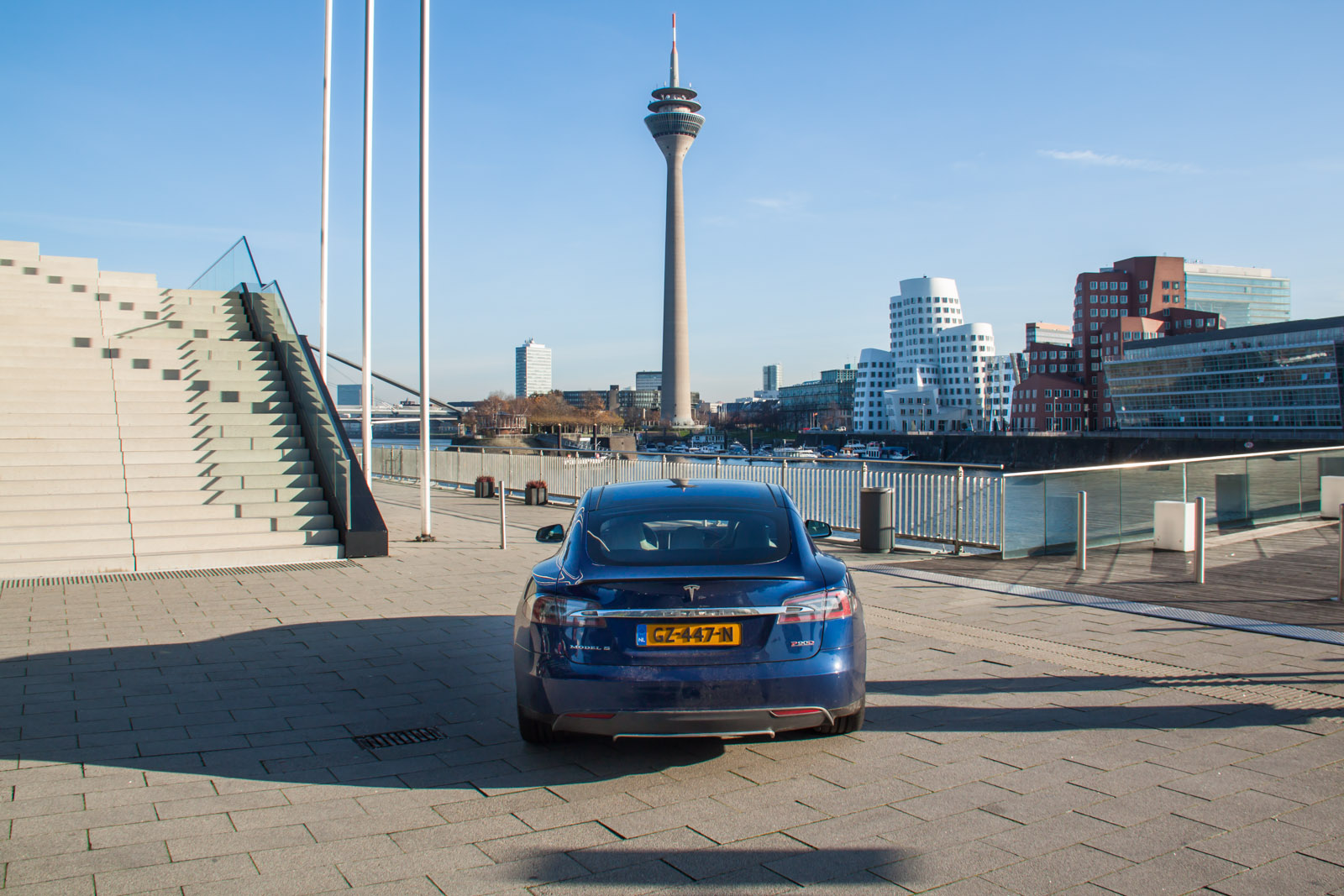
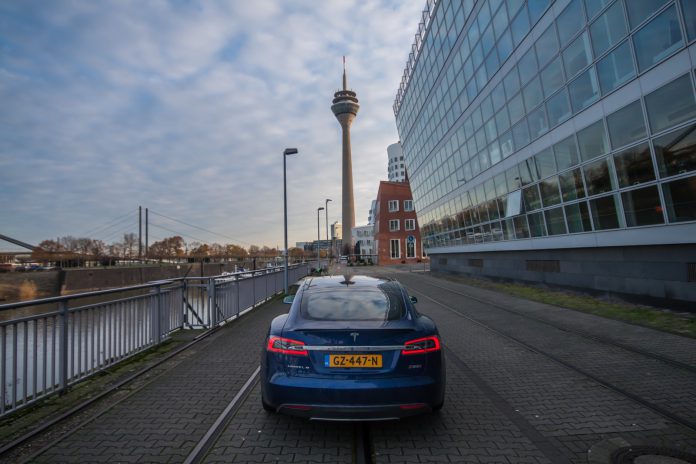











I want to get a Tesla when the time is right, when the performance is amazing, but now is simply not that time. For sure the Model S P90D has amazing acceleration from a stop, hitting 0 to 60 in 2.6 seconds (really amazing for any car, let alone a sedan). But 0 to 60 is only one small dimension of a cars performance. A more realistic, real world performance metric would be something like best lap time around the Nurburgring track, because there you can assess the full spectrum of acceleration needed in real-world driving conditions (not just a 0 to 60 start), such as the type you would experience driving in Malibu (lots of twists and turns). In such real-world driving conditions the Tesla S P90D and its predecessors suck the big one. In fact, they are routinely beat by the likes of the Ford Fiesta and Dodge Dart! (cars that cost a fraction of the price of the Tesla S — why would I want to drop down 100K on a car that gets smoked by a 20K Dodge Dart!)
When a Tesla S P90D was recently tested on the Nurburgring track they would not even report the time because 1/3rd of the way through the lap the car automatically shifted into “reduced power mode”; they could not get the car to stay in regular mode because the risk of the batteries overheating and starting a fire was too great. So what got reported was that if the car could have continued in its performance mode through the whole track, he time might have been under 9 minutes! Big deal. I can buy a Ford Focus for one third the price of the Tesla and run an 8:30 lab.
I wish we could get honest about the all around performance of these all electric cars. I do love the technology, but they are not at the level of performance that even a pretty average car, such as a Ford Focus, can deliver. I guess guys like the author of this article think that if you can beat off really quickly you make a good lover; most women would disagree.
Actually, no. p90D has not been on the Nurburgring track. There was a 2013 P85, but that was 2 years ago. And that one overheated and had the issues that you spoke of.
Here are 2 articles that you might be interested in.
Here is the original article with the overheating:
http://insideevs.com/expected-tesla-model-s-fails-lap-nurburgring-full-power-video/
And that was a regular 60 KWH Model S from several years ago.
Now, here is the stock P85D that did run the track about a year ago:
http://insideevs.com/tesla-model-s-p85d-laps-nurburgring-850-video/
Note that it was ran without insane or ludicrous mode.
I think that it is fair to say that a p90D with ludicrous mode would likely do under 8.
I am sure that We will find out in the next year.
Hi madmax, thanks for reading about our experience with the Tesla Model S P90D. As you can read in the review, the throttle response is instant, no matter at what speed you’re driving (assuming that is what you mean by the full spectrum of acceleration). That’s one of the pro’s of this Tesla performance-wise, torque is instant and there are no gear shifts. In a car with an internal combustion engine you need to run in the high RPMs to get the maximum level of torque.
I’m personally not familiar with driving around Malibu, but I can tell you that the only thing that might pose a slight problem doing tight cornering might be the car’s weight. Don’t forget it packs 2300 kilograms, that’s similar to the average Range Rover. We’ve therefore never stated that the car steers like the average BMW. It does however handle well considering its weight, is what we’ve experienced. Accelerating out of corners on twisty roads is absolutely the least of your problems in this car.
If you’re concerned about the endurance of the car, I can’t really back that up experience-wise, as we’ve only had the Tesla for a period of four days. You will need to have it long-term to assess the performance over time and what impact it will have on the perseverance of the battery. Short-term I can tell you that the car can launch itself full throttle in ludicrous mode more than ten times in a row, effortlessly. With only 70 kilometers of range left we even managed to hit 245 km/h on the Autobahn, just 5 km/h short of the designed top speed.
Again, there are many aspects to the term performance. We at GTspirit value mileage and endurance for roadtrips, but we’re more after the thrill and limits you can push a car to. Nonetheless we always aim to assess the ‘complete’ package. Thanks again for your interest and comment, it’s really appreciated.
0-100kmh in 3.0 secs
0-60mph in 2.8 secs
my colleague required FC 4137 a few days ago and learned about a business that hosts lots of sample forms . If people are requiring FC 4137 also , here’s a
http://goo.gl/yn3nLx.